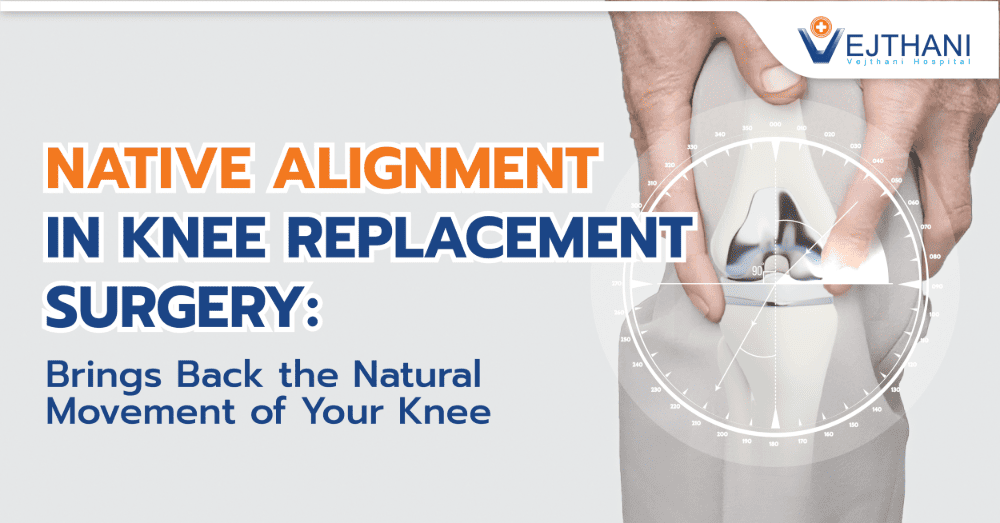
Cortisone shots
Overview
Cortisone shots are often used to relieve pain, swelling, and irritation in specific areas of the body, particularly in joints such as the ankle, knee, shoulder, or small joints in the hands and feet.
A cortisone shot typically contains a corticosteroid for long-term pain relief and a local anesthetic for immediate pain relief. These injections are often administered in a healthcare provider’s office, but due to the risk of side effects, the number of shots given in a year is generally restricted.
Reasons for undergoing the procedure
A cortisone shot can be used to treat various conditions that cause pain and inflammation, such as:
- Osteoarthritis
- Rheumatoid arthritis
- Psoriatic arthritis
- Gout
- Tendinitis
- Tendinopathy
- Back pain
- Bursitis
- Autoimmune diseases
- Tennis elbow
- Trigger finger or thumb
- Carpal tunnel syndrome
Risks
Repeated cortisone shots may harm joint cartilage. Healthcare providers usually limit the number of shots based on the joint and condition. Those with infections should avoid these injections due to a temporary reduction in immune function. People with diabetes should also monitor their blood sugar after a cortisone shot.
Generally, steroid injections rarely cause serious side effects, but some possible issues include:
- Infections at the injection site
- Infection in the joint
- A brief flare-up of pain, swelling, and irritation in the joint
- Damage to cartilage
- Bone death near the injection site
- Nerve damage
- Weakening or rupture of tendons
- Osteoporosis, or thinning of nearby bones
- Whitening or lightening of the skin at the injection site
- Thinning of the skin and soft tissue around the injection area
- Temporary facial flushing
- High blood pressure
- A temporary increase in blood sugar levels
- Fluid retention, which can lead to increased swelling
Before the procedure
Before receiving a cortisone shot, it is crucial to inform your healthcare provider about your health conditions and any medications or supplements you are taking. This includes:
- Use of blood thinners or having bleeding disorders, such as hemophilia.
- Any dietary supplements you are taking.
- A fever of 100.4°F (38°C) or higher within the past two weeks.
During the procedure
During a cortisone shot:
- One will be positioned to facilitate easy insertion of the needle into the joint.
- The area around the injection site will be cleaned, and a numbing spray may be applied to the insertion area.
- An ultrasound or fluoroscopy might be used to monitor the needle’s progress and ensure accurate placement.
- Needle is inserted into the affected area.
- Corticosteroid medicine, designed to relieve pain, swelling, and irritation over time, along with an anesthetic for immediate pain relief, will be administered.
After the procedure
Immediately following the shot, some individuals may notice redness and warmth in the chest and face. Those with diabetes might also experience a temporary spike in blood sugar levels.
Applying ice to the injection site can help alleviate pain, while heating pads should be avoided.
Additionally, the healthcare provider may recommend protecting the injection site for a day or two by avoiding heavy lifting or staying off your feet, depending on the injection location.
After receiving the cortisone shot, it’s essential to monitor for any signs of infection, including escalating pain, persistent redness, or swelling that lasts longer than 48 hours.
Outcome
Individuals who receive a cortisone shot may experience a temporary increase in pain, swelling, and irritation for up to two days following the injection, with these symptoms typically subsiding after that period.
If pain and inflammation persist for more than 10 days or if symptoms recur a few months later, it’s important to consult a healthcare provider. Immediate medical attention is also necessary if you experience severe pain, fever, or worsening swelling after the shot.
The effectiveness of cortisone shots can vary depending on the condition being treated. Pain relief may last anywhere from a few weeks to several months. For some people, a single cortisone shot may be sufficient to promote healing after an injury, while others may require regular injections to effectively manage a chronic condition. The necessity and frequency of follow-up injections depend on the individual’s specific situation.
Contact Information
service@vejthani.com






















